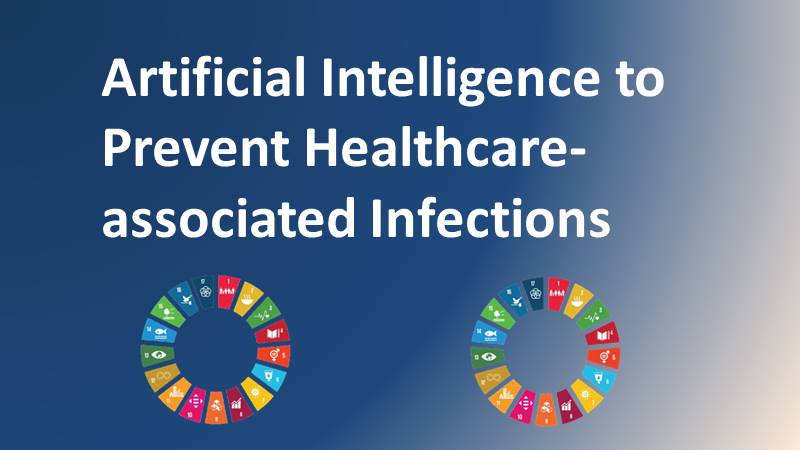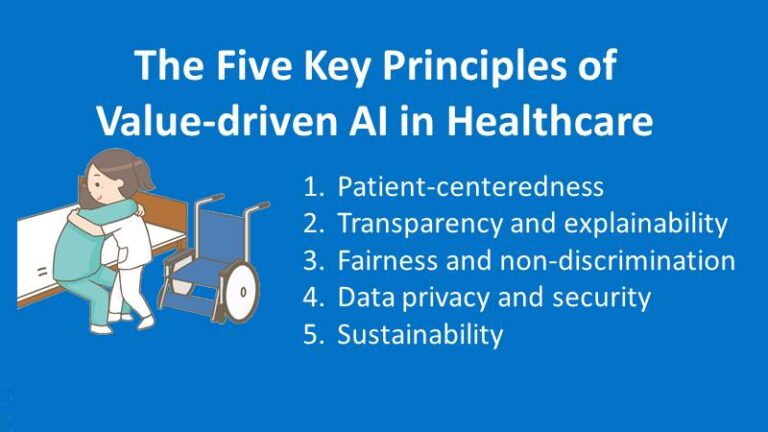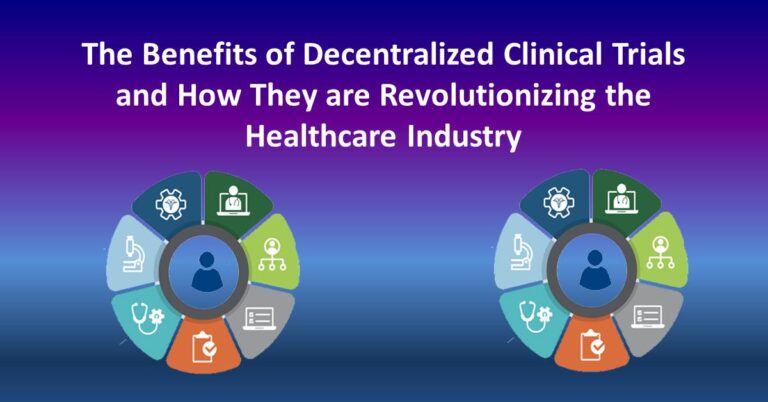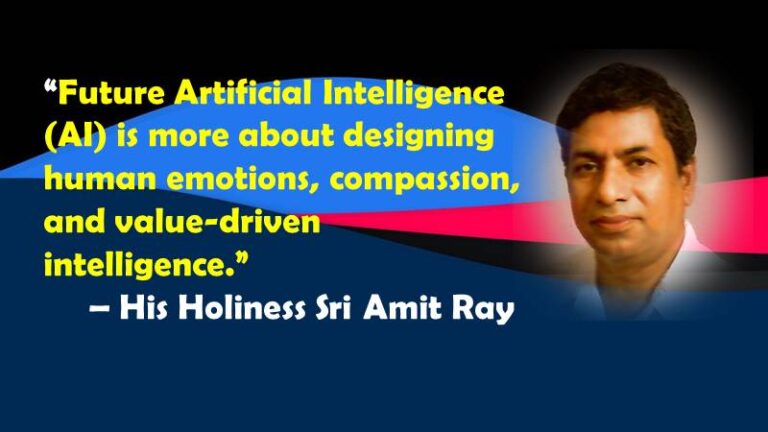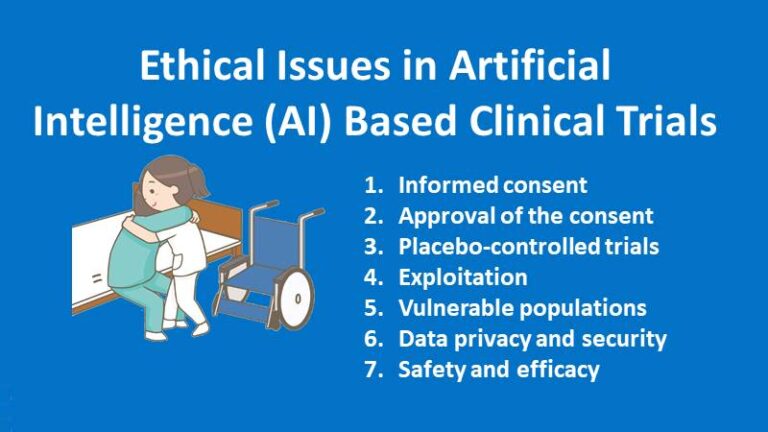Artificial Intelligence to Prevent Healthcare Associated Infections
One goal of value-driven AI is to prevent healthcare-associated infections at the earliest stages and to ensure healthcare for everyone. From both a data science and a medical point of view, hospital infection control is an interesting and difficult research topic. Machine learning for clinicians and infection management covers a wide range of fields. AI is being used to revolutionize hospitals and healthcare systems around the world, and this technology has the potential to drastically reduce the incidence of HAIs.
In this article, we will discuss what HAIs are, how AI is being used to fight them, and the potential benefits of using the power of machine learning in hospitals for infection control.
“In the modern world, artificial intelligence (AI) and machine learning have a significant role on human health, wellbeing, and infection prevention and control.” – His Holiness Sri Amit Ray
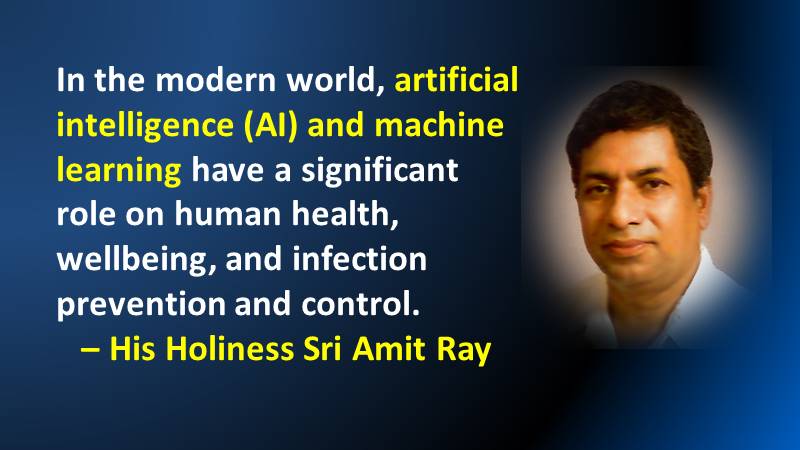
Sri Amit Ray is a famous AI scientist, philosopher and spiritual master. He has written several books on the topic, including “Compassionate Artificial Intelligence” and “Artificial Intelligence and Spiritual Intelligence”. His work focuses on the integration of spiritual and ethical values into the design and development of AI systems, with the goal of creating AI that is beneficial for humanity and the planet.
What are Hospital Acquired Infections?
Hospital Acquired Infections (HAI) are infections that are contracted during a patient’s stay in a healthcare facility. These infections can be caused by a variety of different organisms, such as bacteria, viruses, fungi, and parasites. HAIs can range from mild to life-threatening, and they are the most common type of healthcare-associated infection (HCAI).
HCAIs are infections that are contracted during a patient’s stay in a healthcare facility, either directly or indirectly. Direct HCAIs are infections that are caused by the healthcare staff or environment, while indirect HCAIs are infections that are caused by the patient’s own body.
Common Hospital Acquired Infections
The most common types of HAIs are urinary tract infections (UTIs), surgical site infections (SSIs), and bloodstream infections (BSIs). UTIs are the most common type of HAI and can be caused by a variety of different bacteria. SSIs are infections that occur at the site of a surgical procedure, and they can be caused by bacteria, fungi, or viruses. BSIs are infections that occur in the bloodstream, and they can be caused by a variety of different organisms, including bacteria, fungi, viruses, and parasites. With the rise of antibiotic-resistant bacteria, HAIs are becoming more difficult to treat and prevent, making it more important than ever to find ways to reduce the incidence of these infections.
Healthcare-associated infections (HAIs) are neither present nor incubating at the time of admission of a patient to the healthcare facility (HCF). HAIs should be identified on the basis of both clinical as well as laboratory criteria. Infection acquired in the hospital but not evident until after discharge is also considered as HAI. Infection protection has been a global priority.
Healthcare system and Value-driven artificial intelligence
Value-driven artificial intelligence initiatives in today’s healthcare system focus on protecting human rights, protecting data privacy, reducing the spread of illness, delivering affordable treatments, and enhancing the doctor-patient connections and relationships.
Recent studies observed that AI is a practical option because of its ability to expedite the process, increase the accuracy of hospital-wide surveillance, and boost the effectiveness of infection prevention. Moreover AI based decentralized clinical trials, enhances the processes of discovering new medicines.
It is a very complicated field where information from many different medical fields and sources must be put together for a single patient. The early detection and elimination of healthcare-associated infections is one of the primary objectives of value-driven AI, along with the provision of medical services to all individuals.
AI to Break the Chain of Infection
An infectious agent infects a host when the two come into contact with one another. Contact between the agent and host initiates this interaction, which is influenced by the surrounding environment. To avoid HAIs, it is preferable to break the transmission chain as soon as possible. Infectious agent, reservoir, exit, transmission, entrance, and vulnerable host are the links in the transmission chain.
A variety of microorganisms – including bacteria, viruses, fungi and parasites – can either colonize or cause infection, depending on the susceptibility of the host. The ability of a microorganism to invade, establish and multiply in the cells and tissues of a host and produce signs and symptoms of disease depends upon the following factors.
Healthcare-associated infections datasets
There are 16 infection datasets available, which are mostly used for machine learning applications. The infection data included laboratory results, vital signs, drug prescriptions, imaging, and healthcare worker notes for the duration of the inpatient stay.
Deep Learning for Detecting and Preventing Hospital Acquired Infections
Deep learning is a type of AI technology that uses a neural network to analyze data and identify patterns. Deep learning can be used to detect changes in a patient’s health that may indicate an infection, allowing healthcare professionals to intervene sooner and provide more effective treatments.
Deep learning algorithms can also be used to identify risk factors for HAIs and alert healthcare professionals to those risks. This can help to reduce the incidence of HAIs by allowing healthcare professionals to intervene sooner and provide more effective treatments. Some of the important HAI projects includes:
- Machine learning for prevention of catheter-associated urinary tract infection (CAUTI).
- Deep learning for prevention of central line-associated blood stream infection (CLABSI).
- AI tools for Antibiotic Decision Making to improve antibiotic use.
- AI tools for Comprehensive Unit-based Safety Program (CUSP) to improve safety culture, teamwork, and communications,
Benefits of Using AI in HAIs
There are a number of benefits to using AI for Healthcare-associated infections. AI-powered systems can also help to reduce the incidence of HAIs by detecting them earlier and providing more accurate diagnoses. This can lead to better patient outcomes and fewer deaths from HAIs. AI can also be used to create personalized treatment plans for individual patients, leading to better patient care and improved health outcomes.
AI-powered systems can reduce the amount of time and resources that healthcare professionals have to spend on tasks such as diagnosing diseases, monitoring patient health, and prescribing treatments. This can lead to improved patient care and reduced healthcare costs.
Infection Prevention and the UN Sustainable Development Goals
To achieve its “leave no one behind” target for the 2030 Sustainable Development Goals, UN member states must guarantee that all of their citizens have access to quality healthcare. However, estimates suggest that at least half of the world’s population still does not have access to all of the necessary essential health services. The provision to give access to all of the critical health services that are required is one of the goals of the value-driven artificial intelligence initiative.
Protection of human rights, data privacy, preventing infection transmission, providing low cost services, improving doctor–patient relationship are the areas of value-driven artificial intelligence initiative in modern healthcare system.
AI Technologies for Fighting Hospital Acquired Infections
There are a number of AI technologies that can be used to fight HAIs. Deep learning is a type of AI technology that uses a neural network to analyze data and identify patterns. Deep learning can be used to detect changes in a patient’s health that may indicate an infection, allowing healthcare professionals to intervene sooner and provide more effective treatments.
Machine learning is another type of AI technology that can be used to detect and prevent HAIs. Machine learning algorithms can analyze patient data to identify potential infections quickly and accurately, allowing healthcare professionals to respond sooner and provide more effective treatments.
AI for Prevention of Healthcare-associated pneumonia
Pneumonia is one of the most serious of HAIs. Healthcare-associated pneumonia is acquired by the inhalation of respiratory droplets or aerosols, or aspiration of colonized oropharyngeal and gastric
secretions in conditions of low gastric acidity. Infection can also be acquired through the oropharynx during suction procedures, due to inadequate hand washing and inappropriate disinfection of respiratory devices. Easy mobile apps can be used that uses deep learning techniques to classify whether or not a patient has pneumonia is being developed.
Conclusion
Present day healthcare facilities face a significant public health challenge in the form of hospital-acquired infections (HAI). The use of artificial intelligence (AI) is now undergoing a revolution in hospitals and healthcare systems all around the world, and it has the potential to significantly lower the frequency of HAIs. Health care-associated infections (HAIs) may be identified and prevented with the help of AI-powered systems, and risk factors for HAIs can be identified and acted upon with the use of such systems as well.
Deep neural networks and reinforcement learning are two examples of artificial intelligence technologies that may be used to monitor patients for signs of infection and alert medical staff so that they can begin treatment sooner, when it will have the greatest chance of success. Moreover, AI may be utilized to tailor treatments to each unique patient, resulting in higher quality care and more beneficial outcomes.
Hospital-acquired infections (HAIs) might be greatly diminished by the widespread adoption of AI in healthcare facilities. Better patient care and better health outcomes are possible because to AI’s ability to detect and prevent HAIs and to design individualized treatment strategies for specific patients. Artificial intelligence (AI) has the potential to greatly enhance patient care and minimize the occurrence of HAIs if applied correctly.

